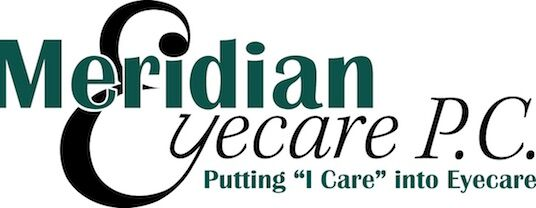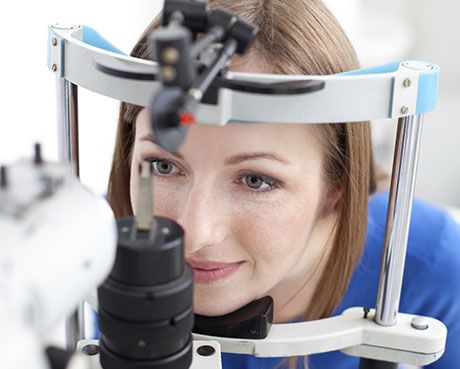Vision is Learned
- Vision Therapy is a process of teaching the patient to see properly.
- They must always be consciously aware that they are doing the learning.
- A visual problem is not a disease; therefore, there is not a cure for the problem. There is only guidance for the patient in the proper direction of learning. The patient must be the learner.
II. The responsibility or the success of a case is the patient's, not ours.
- The prescribed time must be spent, and a conscientious effort to experience the activities as instructed, must be made by the patient.
- It is the patient's responsibility to see that the home therapy is done when it is time to do therapy. A reminder may be needed. It is helpful if a consistent time is chosen.
- When therapy is done, there are no "wrong" answers to the questions. When there is a particular way an exercise should be looked at, it will be explained, and the desired discovery will be defined during the discussion. The awareness of the way an object looks, at a particular time, is important in developing visual ability. The ability to communicate what is seen is also very important.
III. The most important factors for learning are:
- Motivation
- Practice effect. A schedule must be strictly adhered to. Lack of adequate practice will effect or hinder progress.
IV. It is important to remember that the activities prescribed may produce stress. We are asking a patient to do some things that they can not already do easily. Constant praise and encouragement will help lessen the feeling of negative stress and produce faster results. Emphasize the work accomplished, rather than errors.
V. Home training procedures are best done without an audience, especially siblings. Each procedure should be read carefully and then tried by the caregiver. If that caregiver is unsuccessful, someone else should be asked to try. The more successful caregiver should then be responsible for that procedure.



